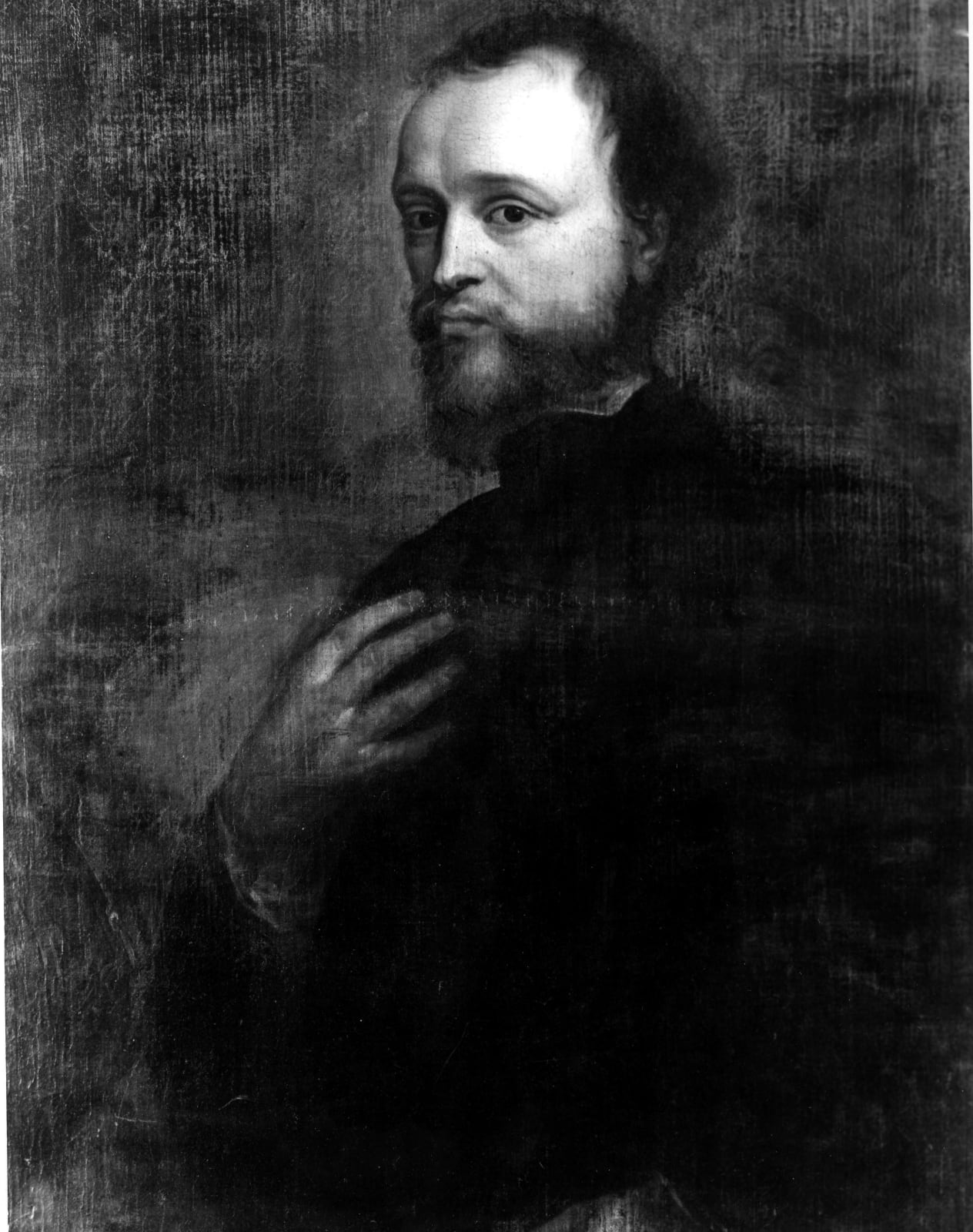
Circle of Sir Anthony van Dyck
To view all current artworks for sale visit philipmould.com
The friendship between Sir Kenelm Digby and Sir Anthony van Dyck much as it resulted in a certain financial loss to the painter in subsidising his friend's unsuccessful alchemy, was the inspiration for some of Van Dyck's most accomplished portraits. The remarkable, posthumous images of Lady Digby are well known, but the penetrating likenesses of Sir Kenelm are a more engrossing subject.
The portrait depicts Digby ''in the dress of a philosopher'', an entirely appropriate guise for one of his interests, and a generous tribute from an artist to a friend to whom he wished to pay an intellectual compliment. The painting is conspicuous for its lack of flattery beyond the suggestion of this time-honoured role. The armillery sphere by Digby's side is in part a reference to his interest in natural philosophy, although a further shade of meaning, an allusion to his widowhood, is implied by its broken state. The true character of Sir Kenelm Digby remains an elusive quantity. During his life he was celebrated as a naval commander, scientist – who discovered that plants require oxygen to survive – diplomat, spy and charlatan.
Known as ‘the handsomest gentleman in England’ he was also one of the most subtle, and his long period of service to the Crown petered out during the Civil War in a series of continental embassies and adventures during which no one could be certain whether he was acting for the King, the Queen or Cromwell. He was also one of the most enthusiastic patrons of Van Dyck, and commissioned some of the painter’s most famous works, including Lady Venetia Digby on her deathbed (Dulwich Picture Gallery, London). These, including his own portrait in armour, were sold during his lifetime to Cardinal Mazarin.